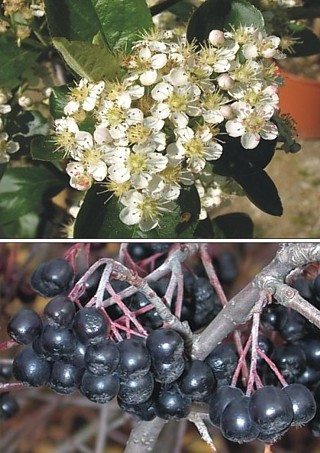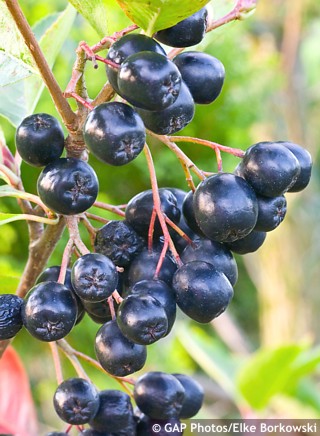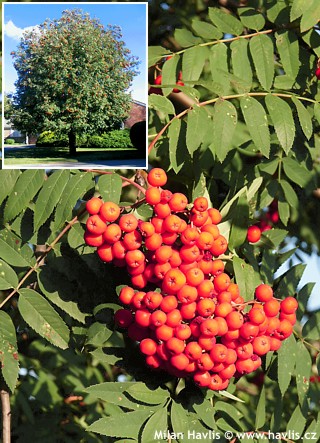×Sorbaronia fallax 'BURKA' hybrid rowan
Sorbaronia
European rowan is a tree that accompanies the changing seasons across the European landscape. Its delicate white blossoms announce the arrival of spring, while its bright orange berries in autumn remind us that nature is not only beautiful but generous – offering edible fruit to both us and wildlife. It grows from lowlands to mountainous regions, often found along field edges, in hedgerows, or as part of old avenues. The genus Sorbus includes dozens of species and hybrids, ranging from Europe to Asia. In folk tradition, the rowan was considered a protective tree – its twigs were hung above doors to ward off evil spirits, and its berries were gathered not only for birds but also for people. The fruit was dried, preserved, added to teas and spirits, and its tartness was valued for its healing properties.
This tradition lives on in the cultivar Burka, the result of breeding work by Russian botanist Ivan Vladimirovich Michurin (1855–1935). Michurin was a visionary who believed that nature could be purposefully shaped for human benefit. His experiments with interspecific and intergeneric hybridization were revolutionary at the time – he combined species that would never meet in nature, creating new plants with greater resilience, productivity, or ornamental value. In Russia, the phrase “you’re a Michurin” is still used when someone tries something unusual in the garden, and although it’s often said with a grin, few realize it refers to a man who laid the foundations of modern plant breeding – even if many in his time thought him mad. 'Burka' is part of his legacy: a hybrid of rowan, chokeberry, and whitebeam that blends beauty with utility. Although often listed as Sorbus aucuparia 'Burka', the correct botanical name for this intergeneric hybrid is × Sorbaronia fallax 'Burka', reflecting its origin as a cross between the genera Sorbus and Aronia within the rose family.
Burka is a unique hybrid rowan, growing to a height of around 3–5 meters, making it ideal for smaller gardens. Its habit is compact, with a naturally shaped, dense crown. Flowers appear from April to May, white and arranged in corymbs, attracting pollinators with their gentle fragrance. But the real magic comes at the end of summer, when the fruit begins to form – dark purple, almost black berries about 2 cm in size, ripening from August to September. The flesh is surprisingly yellow, juicy, and mildly tart, with hints of chokeberry and rowan. Unlike typical rowan berries, Burka’s fruit is not bitter – it can be eaten straight from the tree or used in the kitchen. Rich in vitamin C, antioxidants, and tannins that aid digestion, the berries are traditionally used in Russia for jams, compotes, wines, and dried fruit for tea blends. In modern cooking, they’re perfect for preserves, fermented drinks, or as a decorative touch on the plate. The fruit remains on the tree even after the leaves have fallen, appreciated by both birds and gardeners enjoying a late harvest.
The deciduous leaves of 'Burka' are a fascinating botanical curiosity. They are odd-pinnately compound (though not always!) and consist of several broadly elliptical leaflets with finely serrated edges, resembling those of aronia rather than rowan. What makes them particularly interesting is that the terminal leaflet is the largest, with the leaflets gradually decreasing in size toward the base of the rachis – a complete reversal of the typical rowan leaf pattern. They are dark green, slightly glossy, and turn purplish-red in autumn, making the tree an attractive focal point even after its flowers have faded. Don’t be discouraged by the drooping branches during fruiting, caused by the weight of the berries — they straighten up again after harvest. Thanks to its size, 'Burka' is suitable not only as a standalone specimen, but also for hedges or as part of edible landscapes, where it serves both aesthetic and practical purposes.
It pairs beautifully with shrubs like hazel, serviceberry, or elderberry, which complement its fruits both in flavor and appearance.
Hybrid rowan is undemanding. It tolerates sun and partial shade, prefers moist, well-drained soil, ideally slightly acidic. If you choose to grow 'Burka' as a single-stem tree, it’s recommended to stake the leader in the early years to encourage a straight trunk. Thanks to its naturally compact form, 'Burka' rarely requires intensive shaping. Pruning, if any, can be done in late winter – remove weak or damaged branches and lightly thin the crown. This promotes healthy growth, abundant flowering, and fruiting. It is hardy down to –34 °C (USDA zone 4), making it perfectly suited to colder climates and mountainous regions.
Last update 15-09-2025.
Goods are shipped all over Europe. For Russia and U.K. and for further details please read about SHIPPING OPTIONS HERE.
Are you interested in a serious discount for orders NOV-FEB? Check your options here.
THE PRICES INCLUDE VAT of 15%. For quick conversion you can use 1 CZK = approx. 0.04 EUR
- STANDARD QUALITY - Plants of this group are 1st class quality with number of branches and overall density adequate to their size and age, considering they were container grown.
- DE LUXE QUALITY - This label guarantees a luxurious quality of manually selected plants that, compared to their height and age, are exceptionally dense and beautiful.
- EXTRA - These plants are usually mature and bigger specimens with exceptional overall appearance.
- STANDARD (as described in the plant form) means a tree with a trunk of 190-210 cm and a crown at the top, unless specified differently. The commercial size for trees is their girth measured in the height of 1m from ground.
- HOBBY - These plants are of the same quality as our standard-quality plants but younger and therefore cheaper.
- SHRUB - a woody plant with branches growing bushy from the ground level.
- HALF-STANDARD or MINI-STANDARD - a small tree with shorter trunk, its size is usually specified.
- FEATHERED - These are trees with branches growing already from the base of the trunk and up along the stem.
- GRASSES and PERENNIALS - Sizes given usually read the diameter of the pot or the clump, as specified.









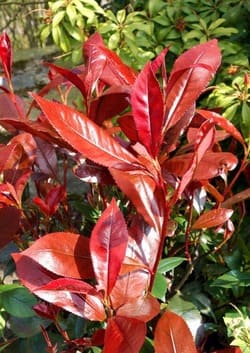
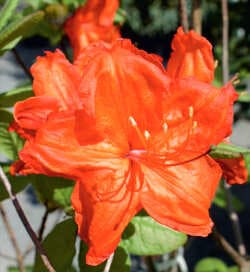

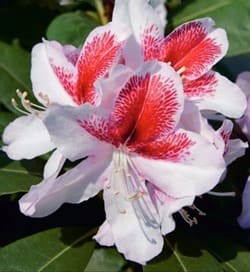


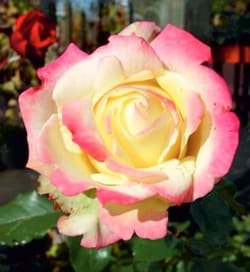
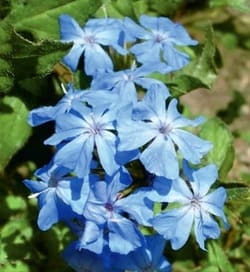
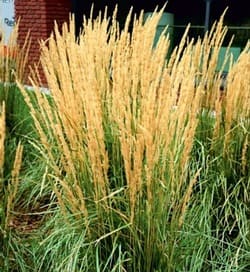
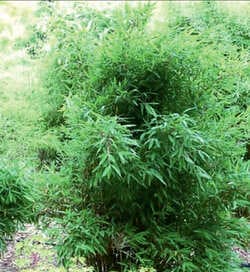

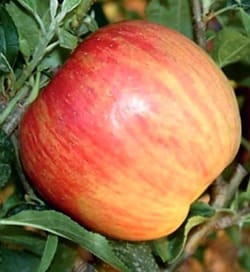
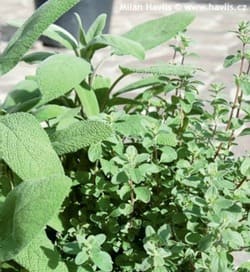
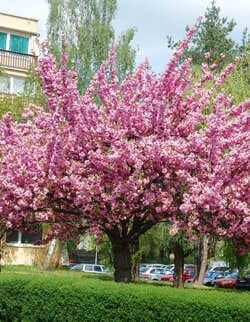
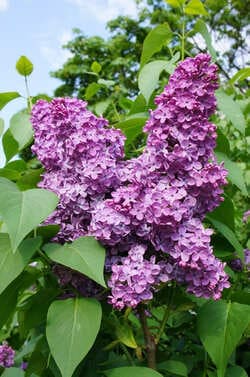
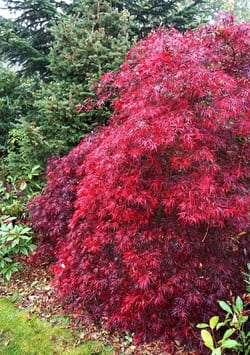
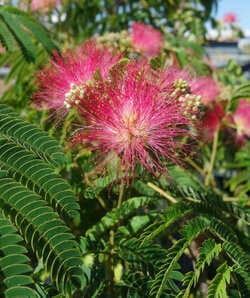
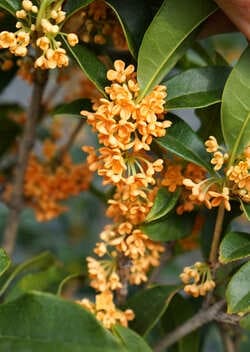



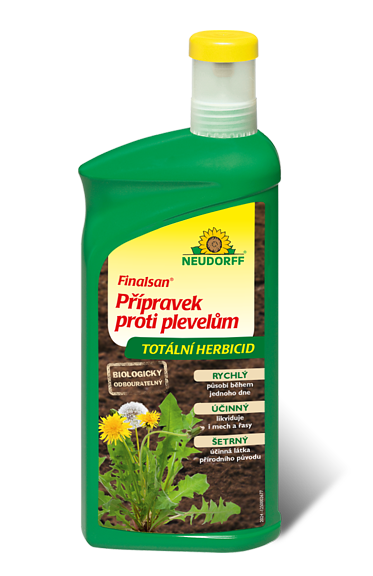


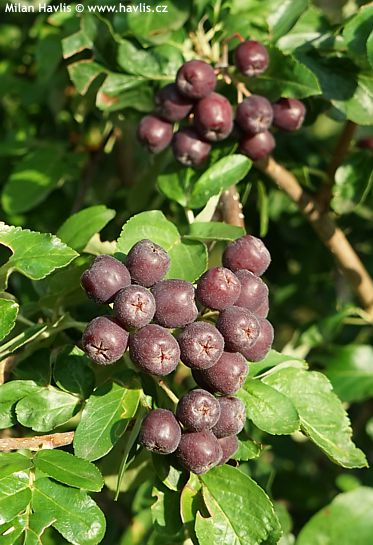
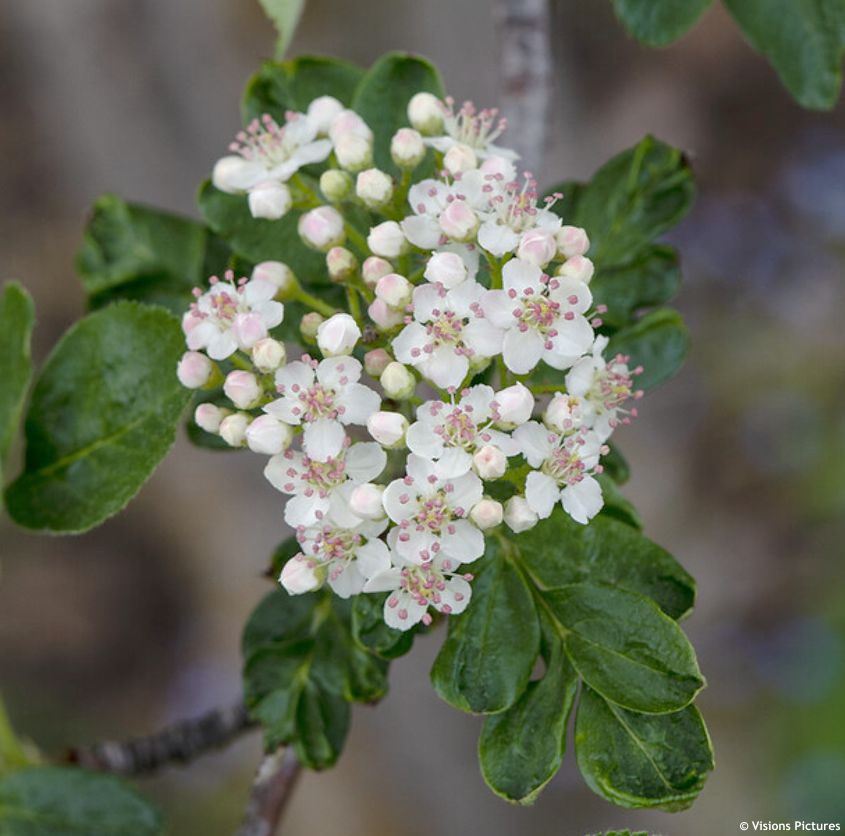
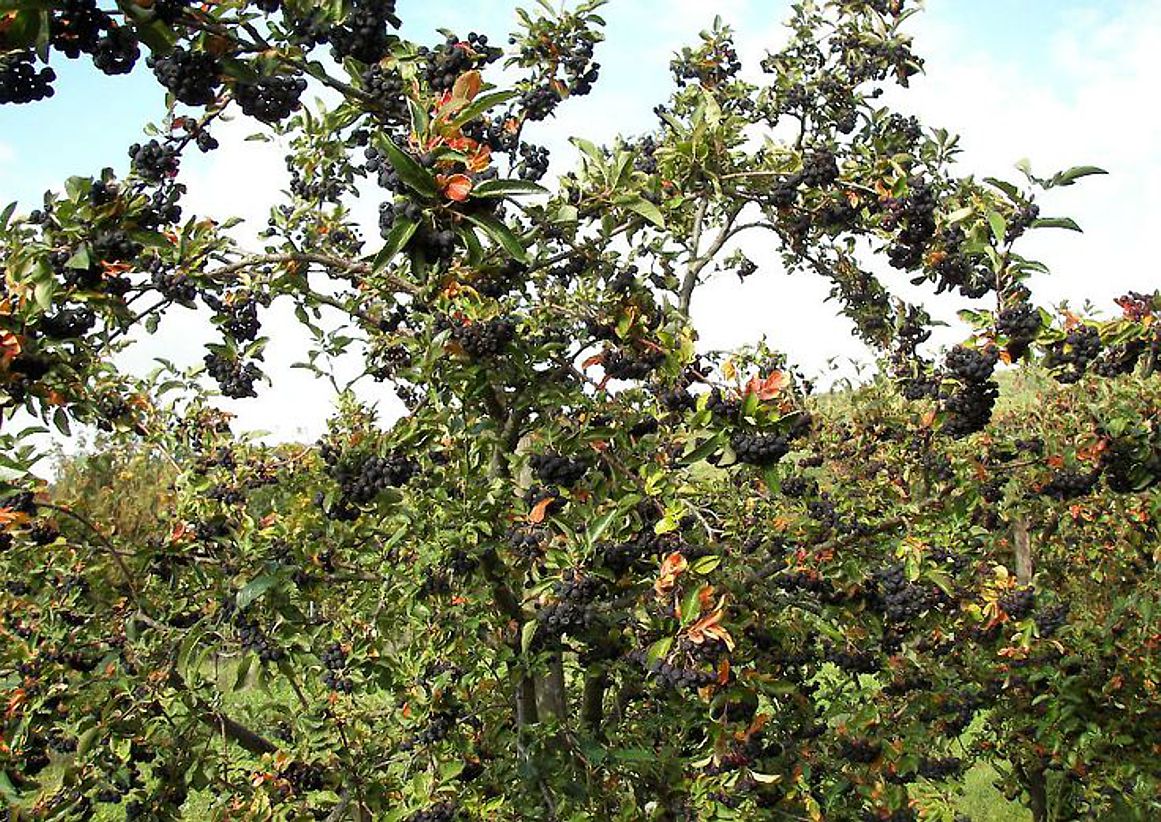

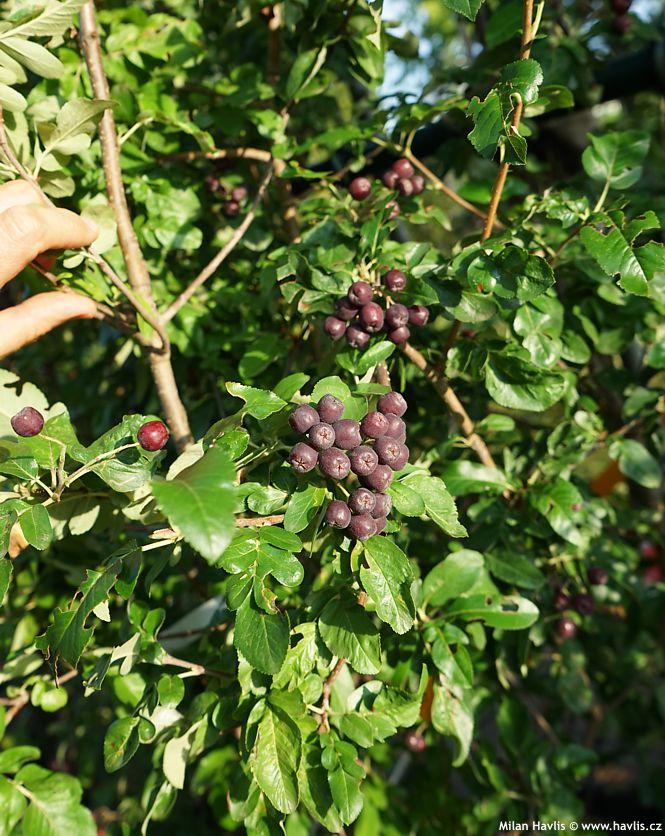
.jpg)


